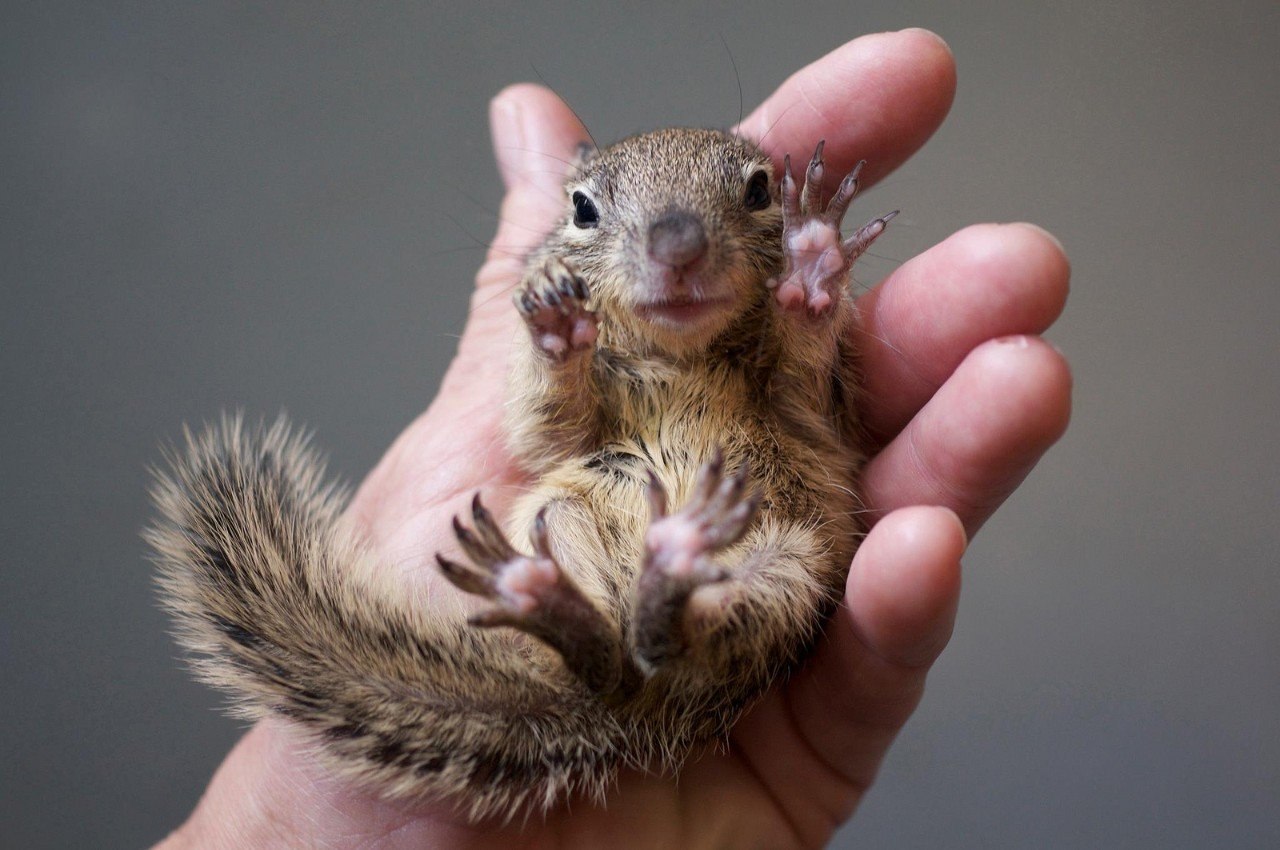
Caring for a Baby Squirrel: A Comprehensive Guide
Introduction
Baby squirrels are adorable and helpless creatures that require specialized care to thrive. If you find an orphaned or injured baby squirrel, it’s crucial to provide immediate assistance to ensure its survival. This comprehensive guide will provide you with detailed instructions on how to properly care for a baby squirrel, from feeding and housing to socialization and release.
Step 1: Assessment and First Aid
- Assess the Situation: Determine if the baby squirrel is orphaned or injured. If the mother is nowhere to be found and the baby is cold or distressed, it’s likely orphaned.
- Provide Warmth: Wrap the baby squirrel in a soft cloth and place it in a warm, dark place. Use a heating pad set to low or a warm water bottle to provide additional warmth.
- Check for Injuries: Gently examine the baby squirrel for any visible injuries. If you find any wounds, clean them with a sterile saline solution and seek veterinary attention promptly.
Step 2: Feeding
- Formula Selection: Baby squirrels require a specialized formula that mimics their mother’s milk. Esbilac or Fox Valley 20/50 are recommended formulas.
- Feeding Schedule: Feed the baby squirrel every 2-3 hours, around the clock. As it grows, gradually reduce the frequency of feedings.
- Feeding Method: Use a syringe or dropper to gently feed the formula to the baby squirrel. Do not force-feed or overfeed.
- Burping: After each feeding, gently burp the baby squirrel by holding it upright and patting its back.
Step 3: Housing
- Nest Box: Provide a cozy nest box lined with soft materials such as fleece or shredded paper. Keep the nest box warm and dark.
- Temperature Control: Baby squirrels require a warm environment. Maintain a temperature of 85-90°F (29-32°C) for the first few weeks, gradually decreasing it as they grow.
- Hygiene: Keep the nest box clean by changing the bedding regularly. Use a mild disinfectant to clean the box and any equipment that comes into contact with the baby squirrel.
Step 4: Socialization
- Handling: Handle the baby squirrel as little as possible to avoid stressing it. When handling, support its body and avoid touching its face or tail.
- Interaction: Talk to the baby squirrel in a soothing voice and provide gentle stimulation. This will help it develop social skills and prepare it for release.
- Avoid Humanization: While it’s tempting to treat the baby squirrel like a pet, it’s important to remember that it’s a wild animal. Avoid excessive cuddling or feeding it human food.
Step 5: Weaning and Release
- Weaning: Around 6-8 weeks of age, the baby squirrel should begin weaning onto solid foods. Start by offering small pieces of nuts, seeds, and fruits.
- Cage Time: Once the baby squirrel is weaned, gradually introduce it to a larger cage with plenty of space to move around. Provide branches and toys for enrichment.
- Release: When the baby squirrel is fully weaned and has developed strong survival skills, it’s time to release it back into the wild. Choose a safe location with plenty of trees and water sources.
Additional Tips
- Veterinary Care: Regularly take the baby squirrel to a veterinarian for checkups and vaccinations.
- Patience and Dedication: Caring for a baby squirrel requires patience and dedication. It’s a rewarding experience, but it also comes with challenges.
- Local Wildlife Rehabilitator: If you’re unable to care for the baby squirrel yourself, contact a local wildlife rehabilitator for assistance.
- Legal Considerations: In some areas, it’s illegal to keep wildlife as pets. Check local regulations before taking possession of a baby squirrel.
Conclusion
Caring for a baby squirrel is a challenging but fulfilling endeavor. By following the steps outlined in this guide, you can provide the necessary care to ensure its survival and prepare it for a successful life in the wild. Remember to prioritize the well-being of the baby squirrel, seek professional assistance when needed, and respect the laws and regulations governing wildlife care.
